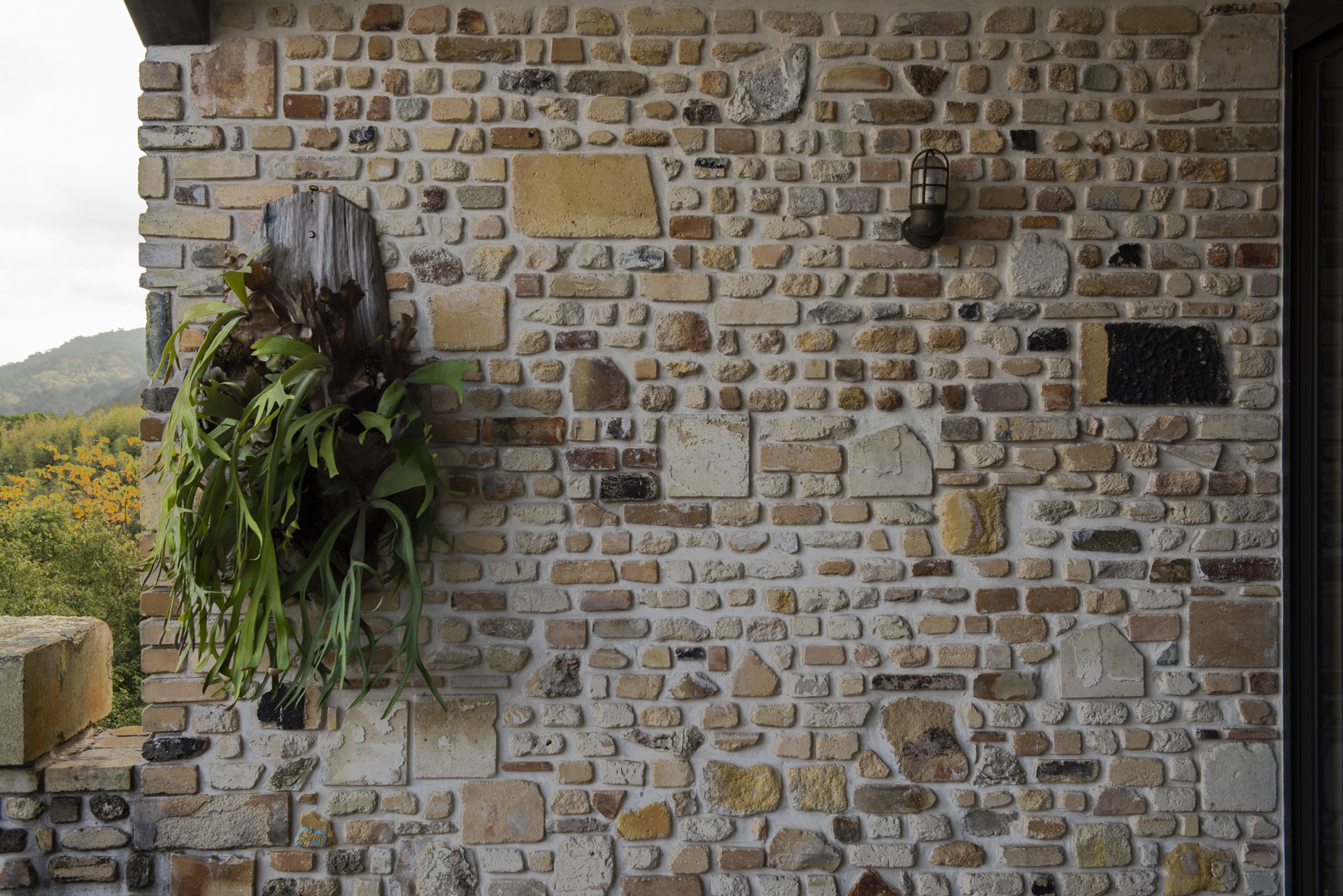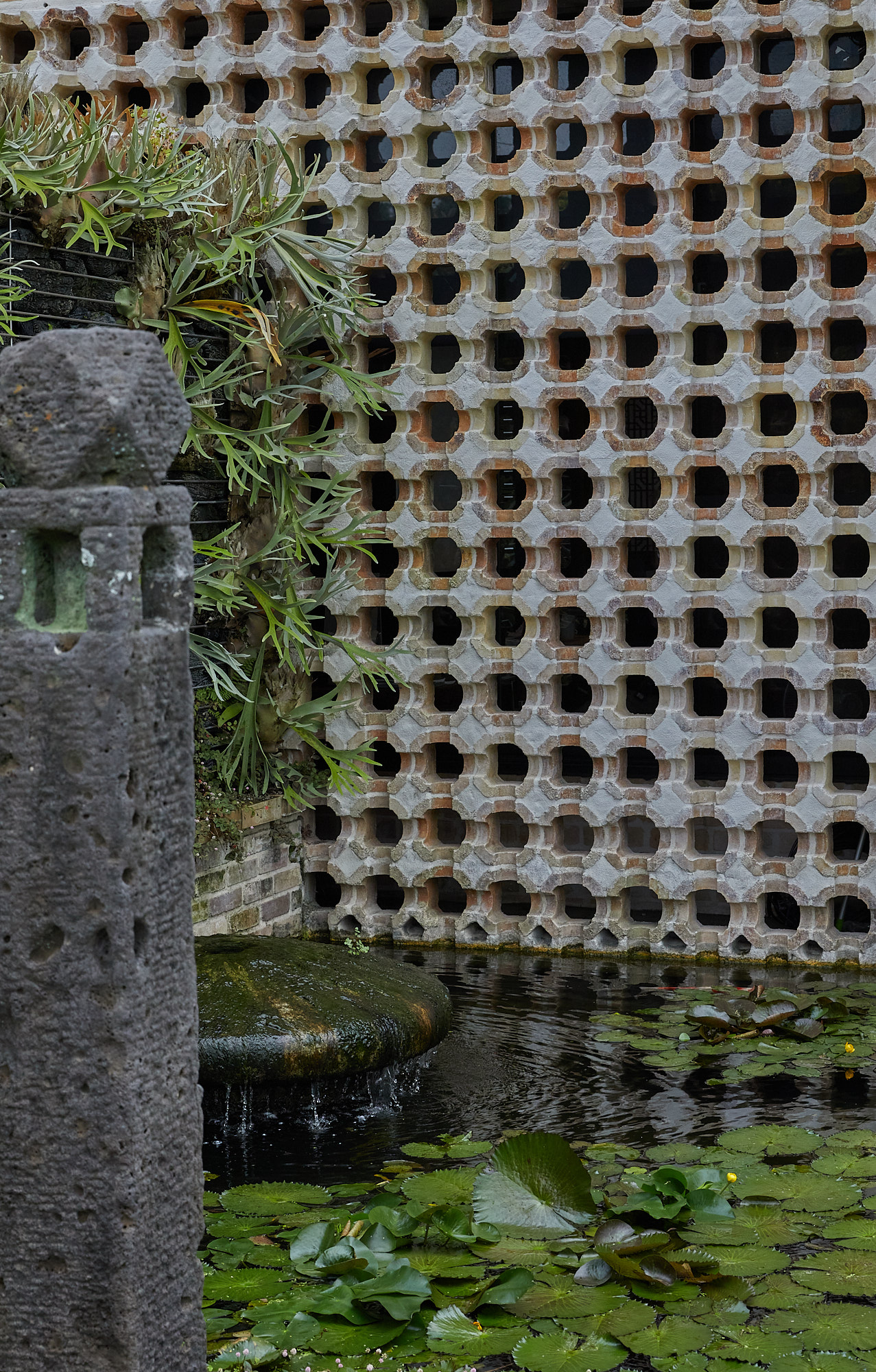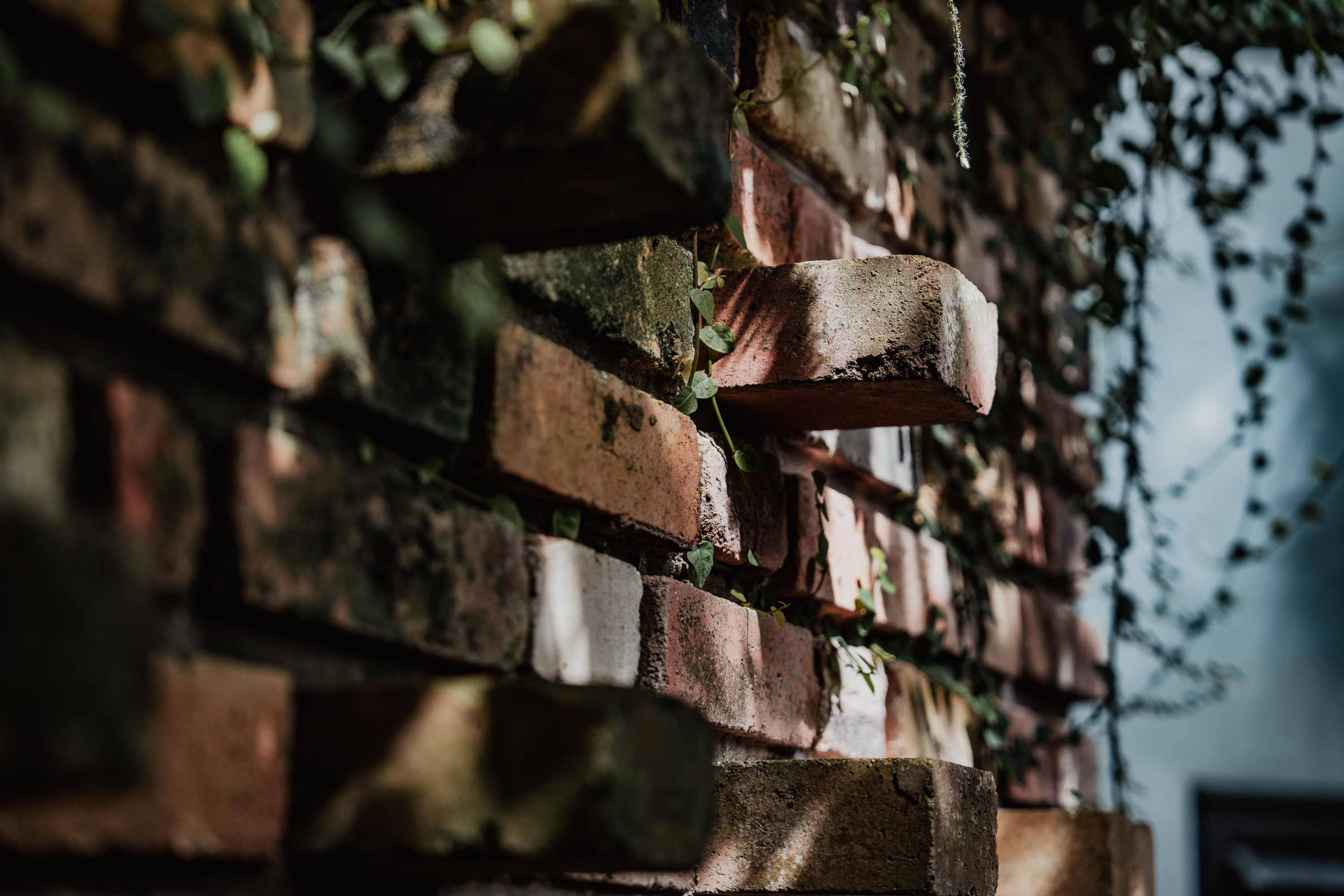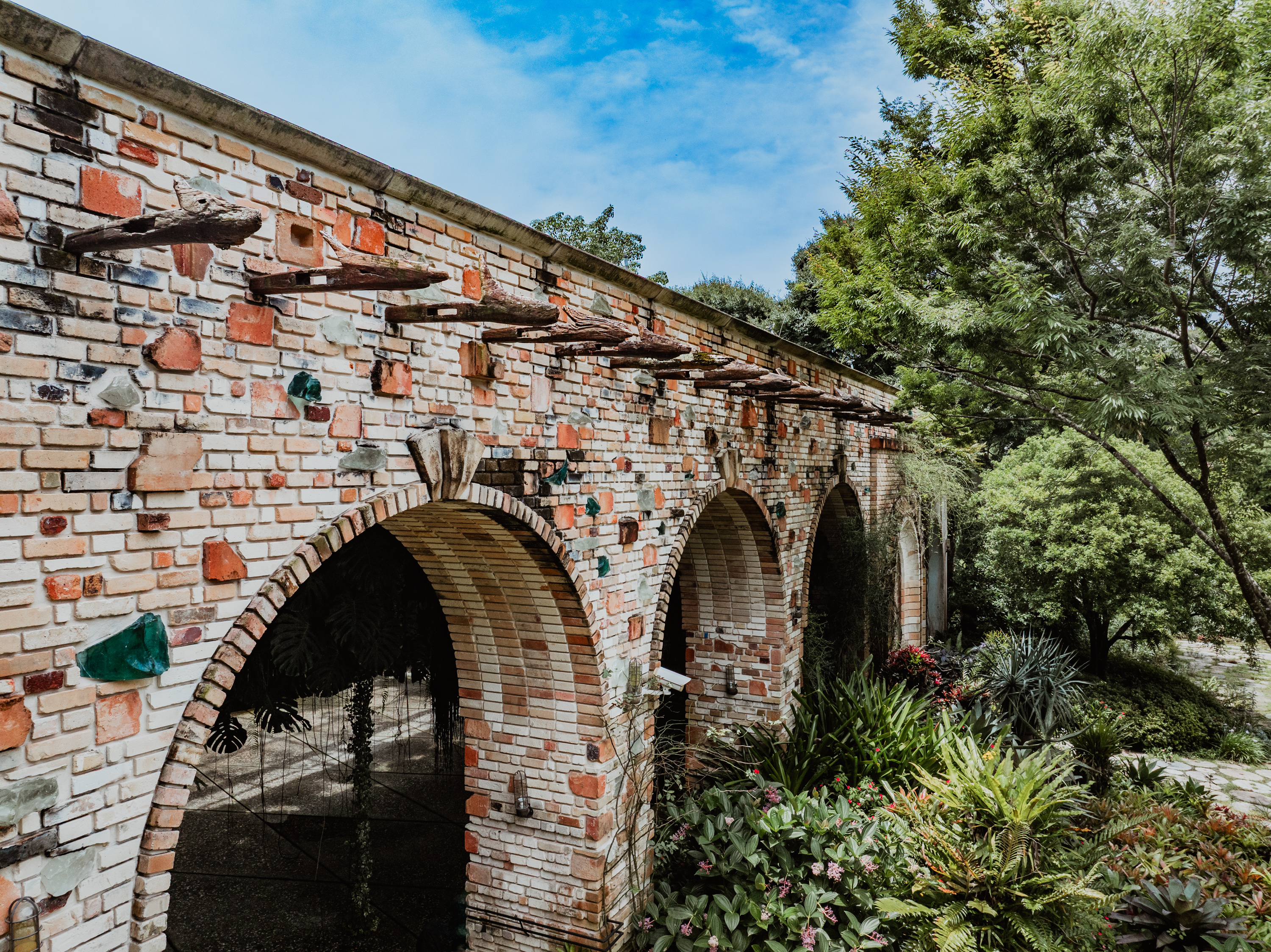建築
燒紅的記憶:靜築的身體
2025.05.20
構築之始|關於建築與窯磚的對話
在建築的語言尚未被鋼筋與玻璃所主導之前,窯磚—這種源自火與土的材料,曾是構築世界的起點。它從泥土而生,經水和手的揉合,經由火焰歷練,蛻變為可堆疊、可承重、可呼吸的構件。窯磚不僅是材料,更是一種文化的記憶單位,記錄著人類如何向自然學習,如何用雙手創造空間與庇護。
創辦人收藏高達四十座完整窯廠,將大小不同的窯磚拆解後、一片片手工清泥整理,再重新砌回成為美術館的室內外牆體。
一塊磚,是一座城市最微小的模塊,也是一座房屋最基本的語素。它不華麗,卻堅實;它不喧嘩,卻構築了靜默的重量與時間的尺度。在古老的街道、拱門、圍牆與穹頂中,磚總以一種耐心而不張揚的姿態,撐起了整體結構的秩序與氣韻。
窯,是火的建築師;磚,是時間的結晶。
每一塊磚背後的火痕、色澤與細節,都是自然與人工之間細密而誠實的對話。它既是物質的結果,也是精神的投射:承載居住、禮俗、信仰、甚至權力與技藝的層疊。
今日,當建築語彙回望傳統、重新認識在地材料的智慧時,窯磚不再只是過去的象徵,而是一種關於永續、美學與文化自覺的回應。它讓建築不只被看見,更被「觸」見;讓空間不只是遮蔽,而是蘊含呼吸、溫度與記憶的容器。
Before steel and glass dominated architecture, kiln-fired bricks, born from earth and fire, were the building blocks of our world. They are more than a material; they are a unit of cultural memory, recording how humanity learned to create shelter with their hands. The founder collected forty complete kilns, dismantling and hand-cleaning each brick before re-laying them to form the museum’s interior and exterior walls. A single brick is the most fundamental element of a city. It is solid, not flashy, and quietly builds the weight and measure of time. In ancient arches and walls, bricks patiently support the structure's order and spirit. The kiln is the architect of fire, and the brick is the crystallization of time. Each brick's unique marks and color are an honest dialogue between nature and craft. They are a physical result and a spiritual reflection, holding layers of meaning related to dwelling, ritual, and culture. Today, as architecture re-embraces traditional wisdom, the kiln-fired brick is a response to sustainability and cultural awareness. It allows a building to be "touched," transforming a space from mere shelter into a vessel of breath, warmth, and memory.
Share





